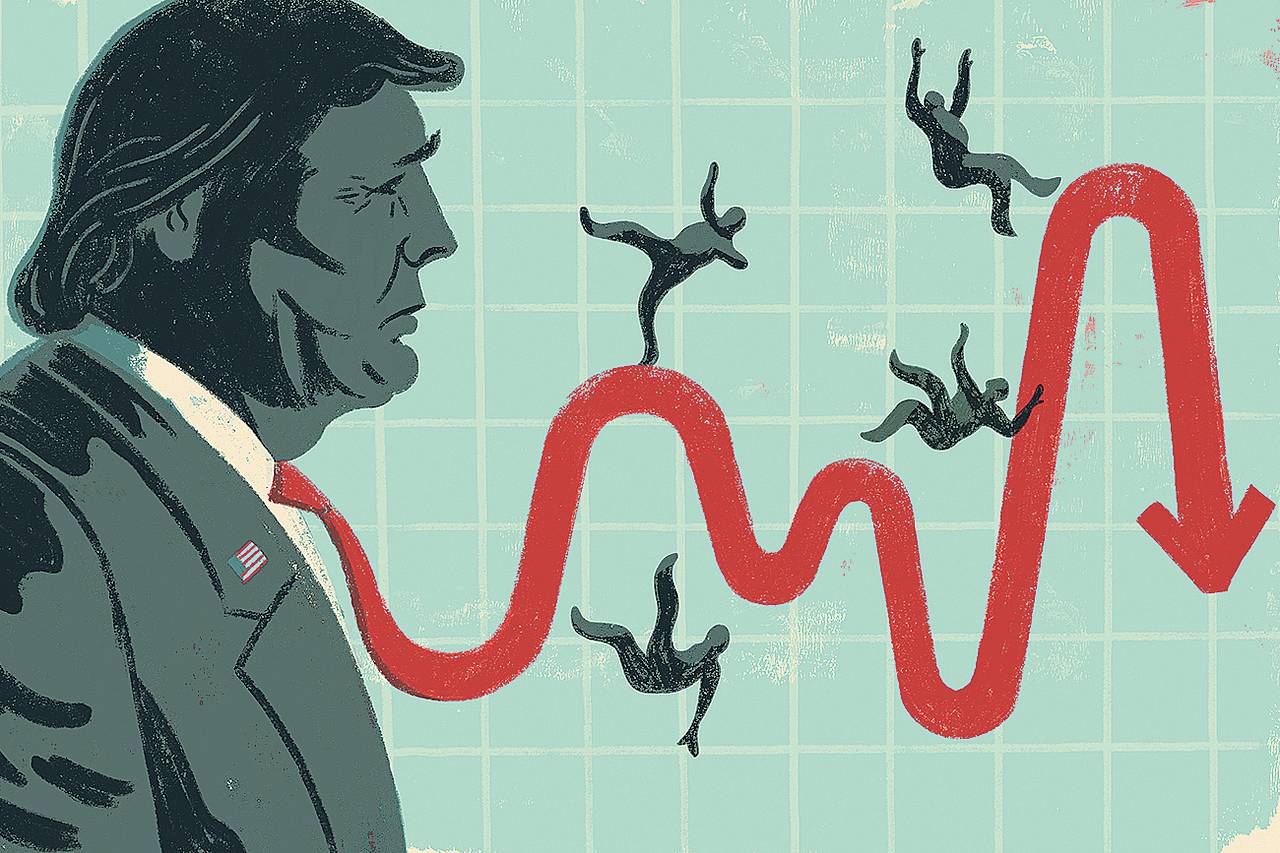
When it comes to trading, there are more types of trader and ways of maximizing your investment than you could anticipate. Some follow specific trading strategies, while others are influenced by the economy in general. Some traders thrive off taking risks, while others hold safe positions. Some people choose an aggressive trading stance characterized by higher risks for potentially greater rewards. So, what does it take to be an aggressive trader?
What Makes an Aggressive Trader?
As mentioned above, aggressive traders are characterized by taking risks in order to achieve the greater reward, if it pays off. In doing so, capital appreciation is often an integral part of the strategy – hoping that held assets increase in value. This is prioritized over income generation or being safe when making such investments and trades.
An aggressive trader would typically have a smaller portfolio and be earlier into their investment journey so that they have a lengthier investment horizon. Part of an aggressive trader’s strategy involves sitting tight during periods of fluctuation. The investor would have a high tolerance when it comes to risk.
Aggressive Trading in Action
Initial Public Offerings
IPOs (initial public offerings) are considered suitable for aggressive traders as the value of the assets can fluctuate dramatically. For instance, when first launched as an IPO, Pixar was on shaky ground and needed the public investment to continue its business. There was a strong chance that the company would fold. Snapchat’s IPO in 2017 generated very little in terms of appreciation due to the advanced stage in its product life cycle.
Real Estate
Real estate is considered another suitable investment opportunity for aggressive traders. Real estate is tied to the economy and its value rises and falls based on many factors linked to property prices and the shifting property market and the inherent value in owning something to sell. Many investors join with others to form real estate investment trusts which help finance property developments. Often these lead to returns and are seen as long-term due to the time taken between generating the income, breaking ground, and then having finished products sold to buyers. A lot could happen in this time.

Cryptocurrency
Cryptocurrency would be a good investment for aggressive traders. When it comes to trading, Bitcoin behaves much the same as any other security. While Bitcoin and other cryptocurrencies do present a different set of challenges than securities and stocks, the theory behind being successful when trading them remains similar. There are some Bitcoin trading strategies that utilize some of the elements of aggressive trading, as the cryptocurrency has fluctuating value depending on regulations that are brought in and high-profile companies that adopt it.
Aggressive trading can also be characterized by splitting capital evenly amongst a certain amount of stocks. This attitude towards trading, omitting the need to do intense amounts of research, could be risky. Looking for high turnover could also be an embodiment of an aggressive trading strategy and could see traders searching for assets that appreciate quickly over a shorter time period. Aggressive traders differ from those more cautious by making decisions with a limited scope of information. Cautious traders will ensure they have done due diligence of anything that could affect the price of an asset. Whereas aggressive trading may be more suited to someone who takes an instinctive approach to investments.
Aggressive trading has been behind some of the most illustrious stories in the world of investment. But for every success story, there are cautionary tales. For every coup and snatched chance, there are those which are missed. Being an aggressive trader comes more from personality, investment goals, how your portfolio is stacking up, and access to capital.
This is an article provided by our partners’ network. It does not reflect the views or opinions of our editorial team and management.
Contributed content
Tradersdna is a leading digital and social media platform for traders and investors. Tradersdna offers premiere resources for trading and investing education, digital resources for personal finance, market analysis and free trading guides. More about TradersDNA Features: What Does It Take to Become an Aggressive Trader? | Everything You Need to Know About White Label Trading Software | Advantages of Automated Forex Trading









































